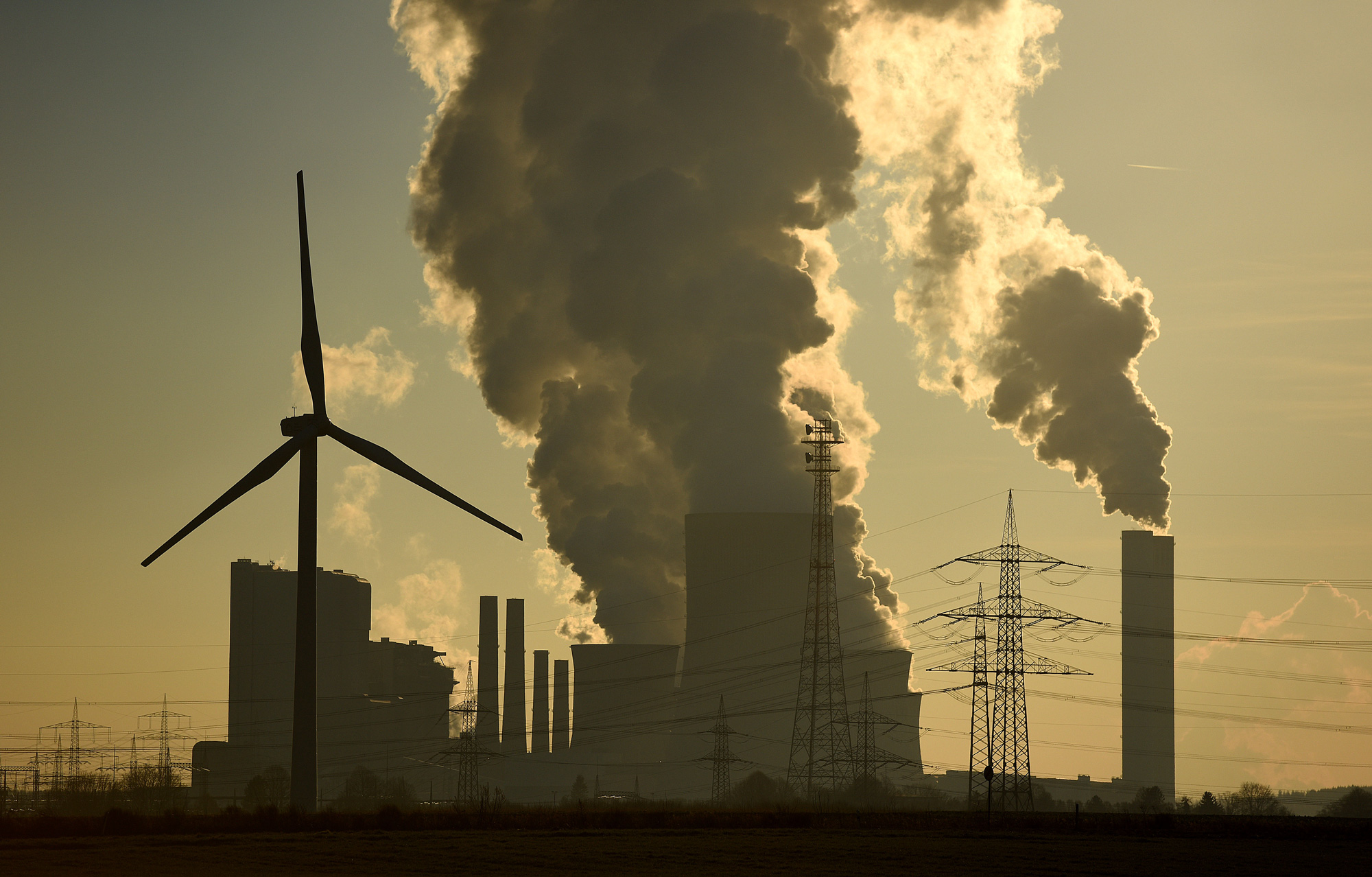New EU Energy Goals Are Just What Trump Aims to Avoid

The European Union has announced an ambitious new set of goals that it hopes will help it meet the targets of the Paris climate agreement.
With the climate pact now in effect, nations are working out how to keep their promise: to reduce emission enough to limit average global temperature rises to less than 2 °C above preindustrial levels. The EU’s goals fill a hefty 1,000 pages, according to the Guardian.
But the newspaper points out two headline ambitions for the Union: cut coal subsidies and reduce energy use by 30 percent by 2030. Elsewhere, it also plans to encourage the use of renewables and place limits on the use of bioenergies that are deemed unsustainable.
Those are ambitious aims, to be sure. But even so, they may yet prove insufficient. A recent UN report (PDF) warned that the emissions pledges being proposed by most countries don’t go far enough, suggesting that they would actually put the world on track to warm by 3.4 °C by 2100.
Still, they’re a far cry from the environmental policies we’re likely to see under the Trump presidency.
Let’s compare the two main EU goals with Trump’s stated aims. First, the EU plans to phase out coal subsidies. In comparison, consider Donald Trump’s message to a West Virginia crowd of coal miners: “Get ready because you’re going to be working your asses off.” Clearly, he plans to try and reinvigorate the coal industry. In reality he’ll find the market forces of natural gas make that a difficult promise to keep, but he certainly intends to give it a go.
As for decreasing energy use? In a video setting out his intentions for his first 100 days in office, Trump declared that he plans to “cancel job-killing restrictions on the production of American energy, including shale energy and clean coal.” That suggests that an America under his presidency will not go wanting for electricity, however it’s made.
Of course, the president-elect may not be as bad for the climate as many people believe, at least in part because he’ll find it a struggle to reverse policies that are already set in action. And in the meantime, President Obama will be doing all he can to ensure that U.S. climate action heads in the right direction.
But for the next four years, it’s unlikely to be as ambitious as the EU’s efforts.
(Read more: Guardian, “Trump’s Empty Promise to Coal Country,” “The Paris Climate Pact Is in Effect, but It’s Not Enough,” “How Bad Will Trump Be for Climate Policy?”)
Keep Reading
Most Popular
Large language models can do jaw-dropping things. But nobody knows exactly why.
And that's a problem. Figuring it out is one of the biggest scientific puzzles of our time and a crucial step towards controlling more powerful future models.
How scientists traced a mysterious covid case back to six toilets
When wastewater surveillance turns into a hunt for a single infected individual, the ethics get tricky.
The problem with plug-in hybrids? Their drivers.
Plug-in hybrids are often sold as a transition to EVs, but new data from Europe shows we’re still underestimating the emissions they produce.
Stay connected
Get the latest updates from
MIT Technology Review
Discover special offers, top stories, upcoming events, and more.